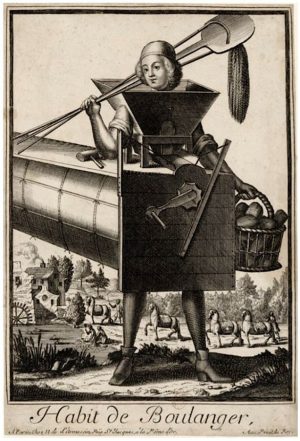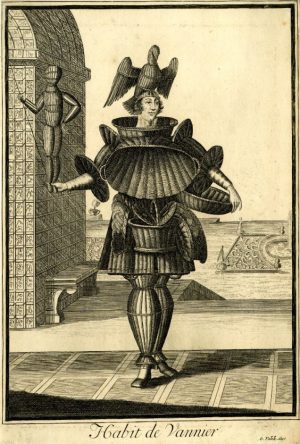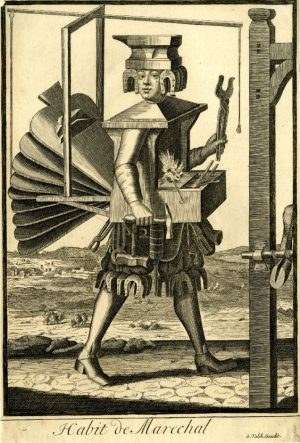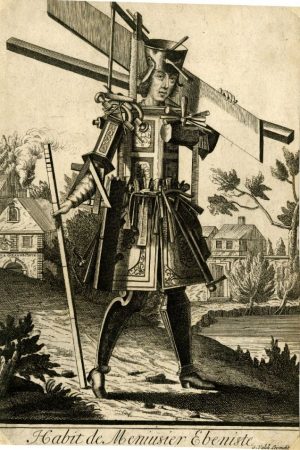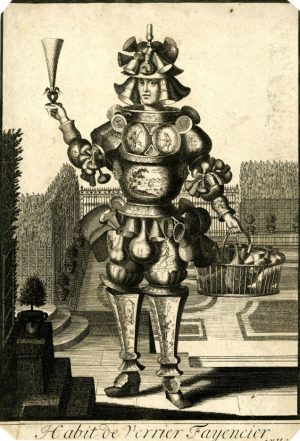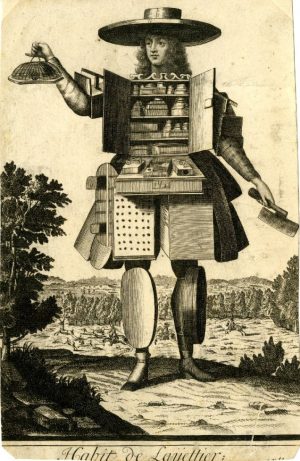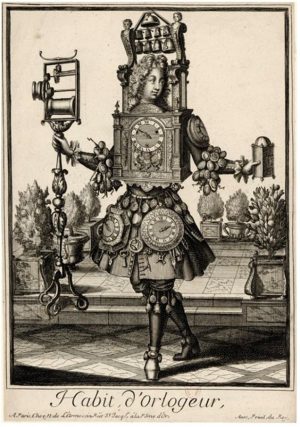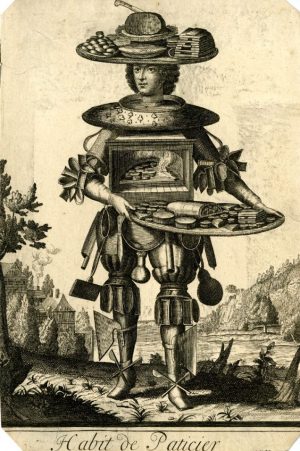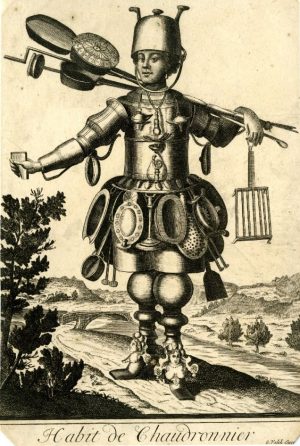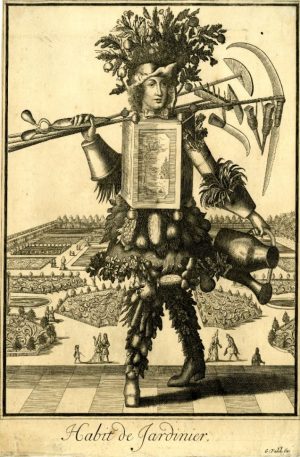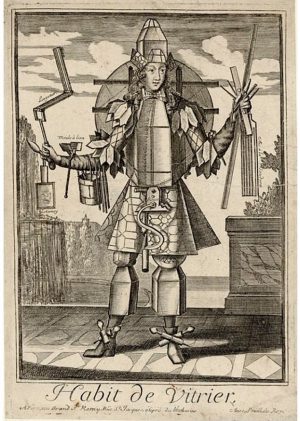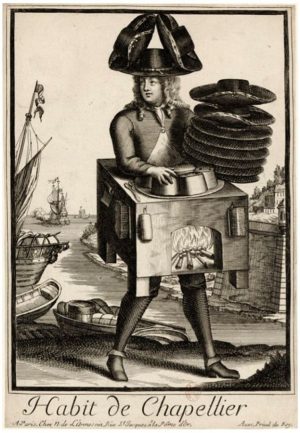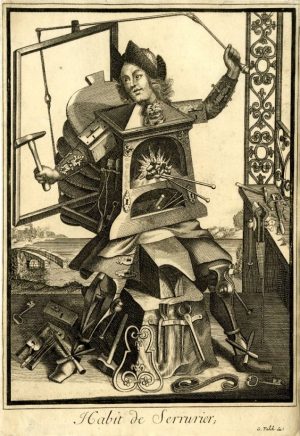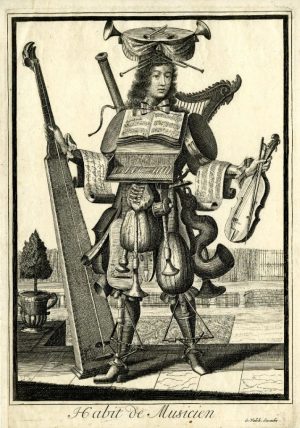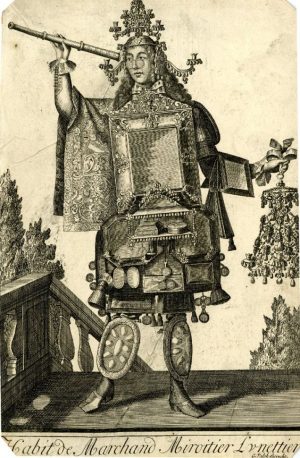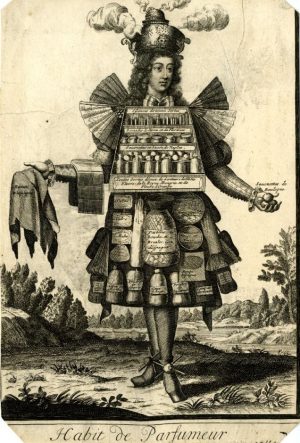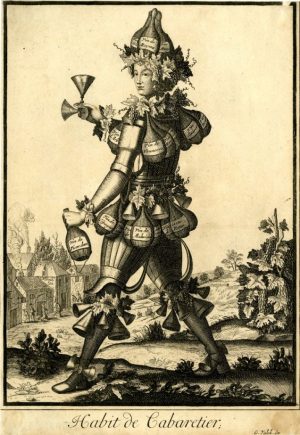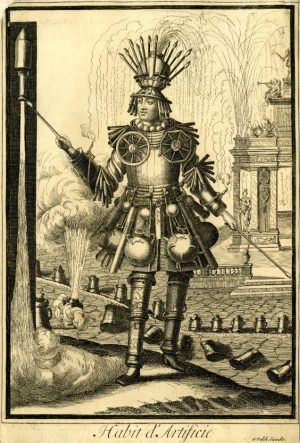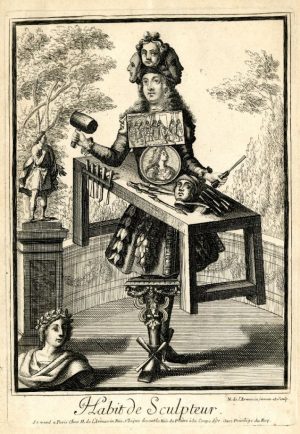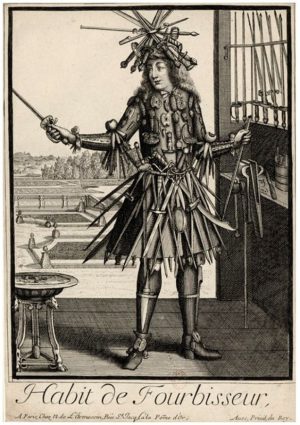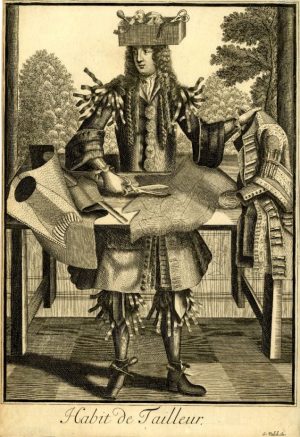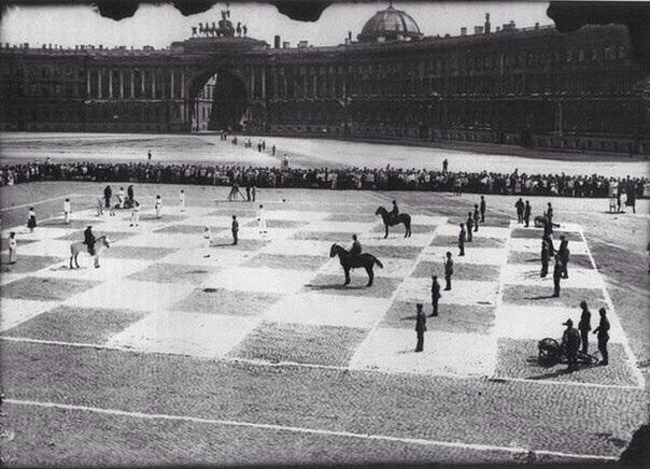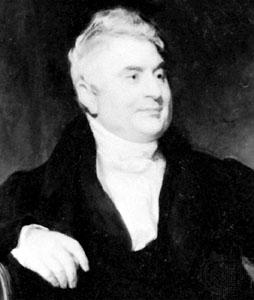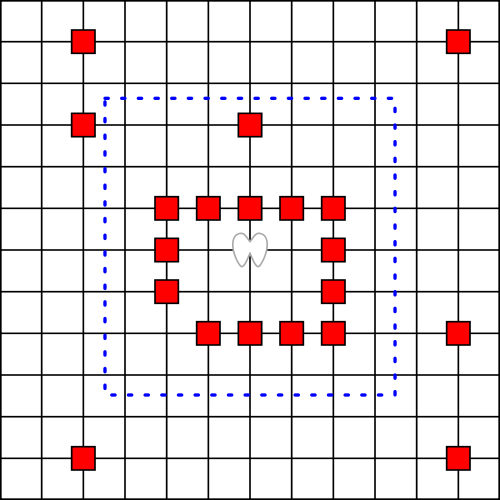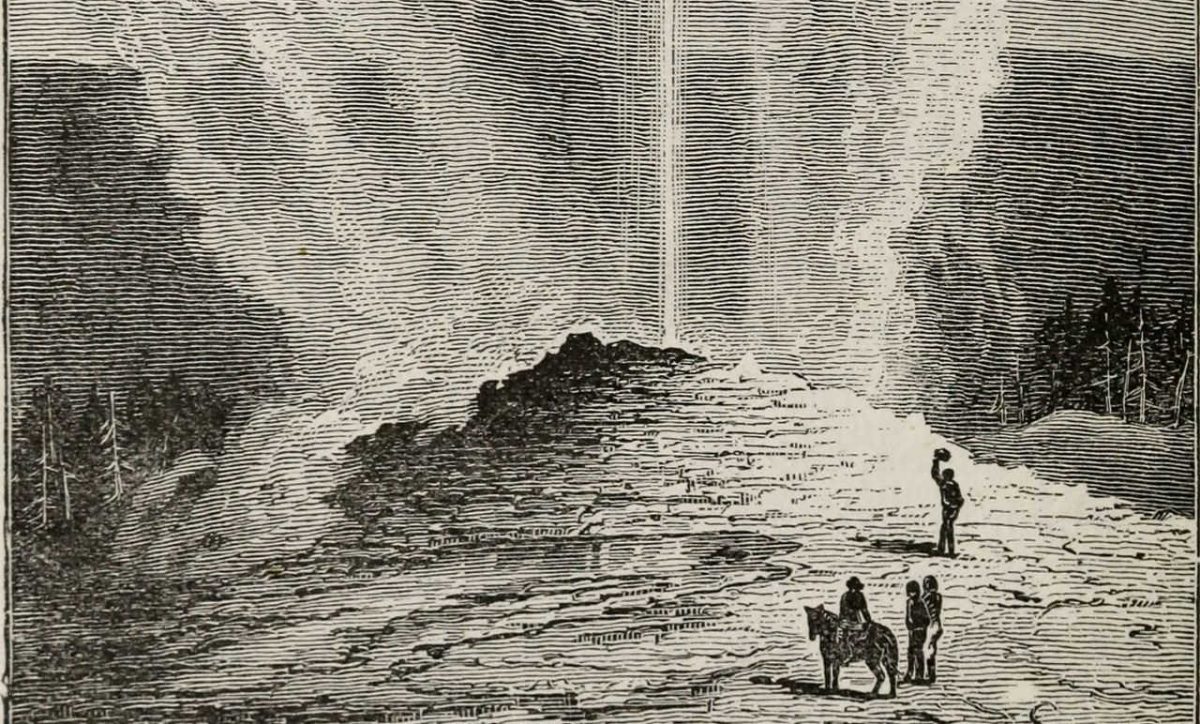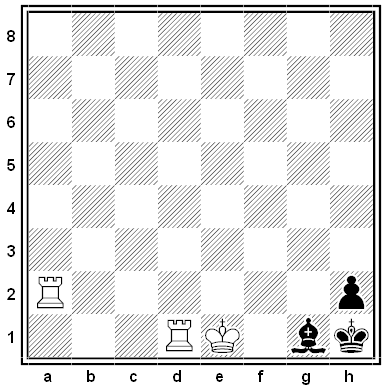In 2007 Roger Federer and Rafael Nadal were ranked 1 and 2 among the world’s men’s singles tennis players. But they excelled on different surfaces: Federer had not lost a match in five years on grass courts, and Nadal had been undefeated on clay for three. And neither player had defeated the other on his favored surface. So they held an exhibition match on a special court that was half grass, half clay.
The court took 19 days and $1.63 million to create. Before the match, Federer said:
We are both looking forward to this absolutely new event. The idea really appeals to me, as we both dominate one of the surfaces. Rafa holds the record of 72 victories in series on clay, and I have not been defeated on grass since 48 matches. It’ll be fun to find out what it’s like to play on a court with mixed surfaces! And it ought to be interesting to see who chooses the better tactic. People have been talking about this event for quite a while. Now it’s coming up pretty soon already, and I like the fact that the stadium — which is very nice, by the way — is located on Majorca, Rafa’s home. He has been to Basel, after all, and now I’ve got the opportunity to play at his place for once.
Nadal won 7–5, 4–6, 7–6(12–10). “It has been a nice experience,” he told the BBC, “although before the match I thought it would be a disaster because I felt it would be very difficult for me to adapt to the court. I have had a good time and that is important.”


